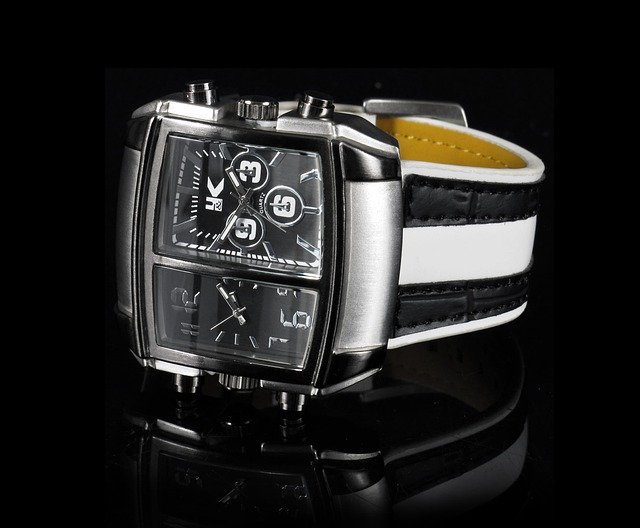Fine-tuning fit: non-destructive adjustments for small size changes
Small size adjustments can make a bracelet comfortable and wearable without changing its character. This article explains careful, non-destructive techniques for minor sizing tweaks, material-specific considerations, cleaning and maintenance tips, and approaches that preserve durability and sustainability.

Fine-tuning a bracelet for a modest size change often avoids irreversible alterations while keeping the piece wearable and intact. Whether a chain feels slightly loose or a leather cuff needs a bit more give, small adjustments can be made through measurement-aware techniques, temporary add-ons, and careful cleaning and material treatment. The goal is to preserve styling, plating, and alloy integrity while minimizing the need for repair or replacement.
How to handle sizing and measurement safely
Accurate measurement is the first step. Use a soft measuring tape or a strip of paper to record wrist circumference at the point you want the bracelet to sit; add a small allowance for comfort (typically 5–10 mm for most styles). For chain or link bracelets, measure the length of the bracelet itself and compare to wrist size. Minor size adjustments — such as adding or removing a single link — can often be done without cutting or soldering by using pliers designed for jewelry and protective pads. Always work over a soft surface and secure small parts to avoid loss.
Can clasps and closures be modified without damage?
Clasps are often the simplest non-destructive point to adjust. Swapping a bulky clasp for a slimmer lobster or spring clasp can change how a bracelet lays and reduce perceived size. Adding a short extender chain to the clasp provides extra length without permanent alteration. Conversely, sliding a small crimp bead or clasp stopper can reduce slack on beaded pieces. When handling clasps, avoid aggressive force on plated surfaces to prevent wear; use the right tools and, if unsure, consult a local services jeweler for gentle adjustments.
What cleaning, polishing and plating methods are safe?
Regular cleaning and gentle polishing can improve how a bracelet fits by removing grime that affects flexibility in links or the texture of leather. Use mild soap and water for most metals and a soft cloth for polishing. Avoid abrasive cleaners on plated pieces, as polishing too hard can remove plating and expose the base alloy. For lightly worn plating, a reputable replating service in your area can refresh surfaces without altering fit, but weigh this against durability and sustainability considerations.
How to treat alloy, leather, and hypoallergenic materials
Different materials need different care. Sterling and base metal alloys respond well to careful cleaning and occasional link adjustment, but be mindful of alloy hardness when bending links. Leather straps can be tightened slightly with careful stitching or by adding an extra hole, which preserves the material without cutting; treat leather with suitable conditioners to prevent cracking. For hypoallergenic metals and coatings, avoid harsh chemicals that can degrade the surface; small adjustments should be done by hand to maintain hypoallergenic properties and reduce oxidation risk.
How to prevent oxidation, improve storage, and maintain durability
Oxidation and wear can affect fit and comfort. Store bracelets individually in soft pouches or anti-tarnish cloth to protect plating and alloy surfaces. For metals prone to oxidation, consider silica packets in storage boxes and avoid prolonged exposure to moisture or sweat. Proper storage helps maintain clasp function and link integrity, contributing to long-term durability. Routine inspection can catch loose links or worn jump rings before they require more extensive repair.
When to seek repair and consider sustainability and styling
Minor tweaks are often DIY-friendly, but know when to stop. If adjustments require reshaping frames, soldering, or removing plated layers, leave the work to a professional repair service. Choosing repair over replacement supports sustainability and can preserve unique styling and provenance. When consulting a repair service in your area, ask about techniques that retain plating and minimize new alloy additions. Thoughtful styling choices, such as layering thinner bracelets or using extenders, can achieve desired fit without permanent modifications.
Conclusion
Small, non-destructive adjustments—grounded in accurate measurement, careful clasp and material handling, and mindful cleaning—can make many bracelets more comfortable while preserving their appearance and longevity. Attention to material-specific care, proper storage to prevent oxidation, and choosing repair or refresh services selectively helps maintain durability and sustainability without compromising styling.






